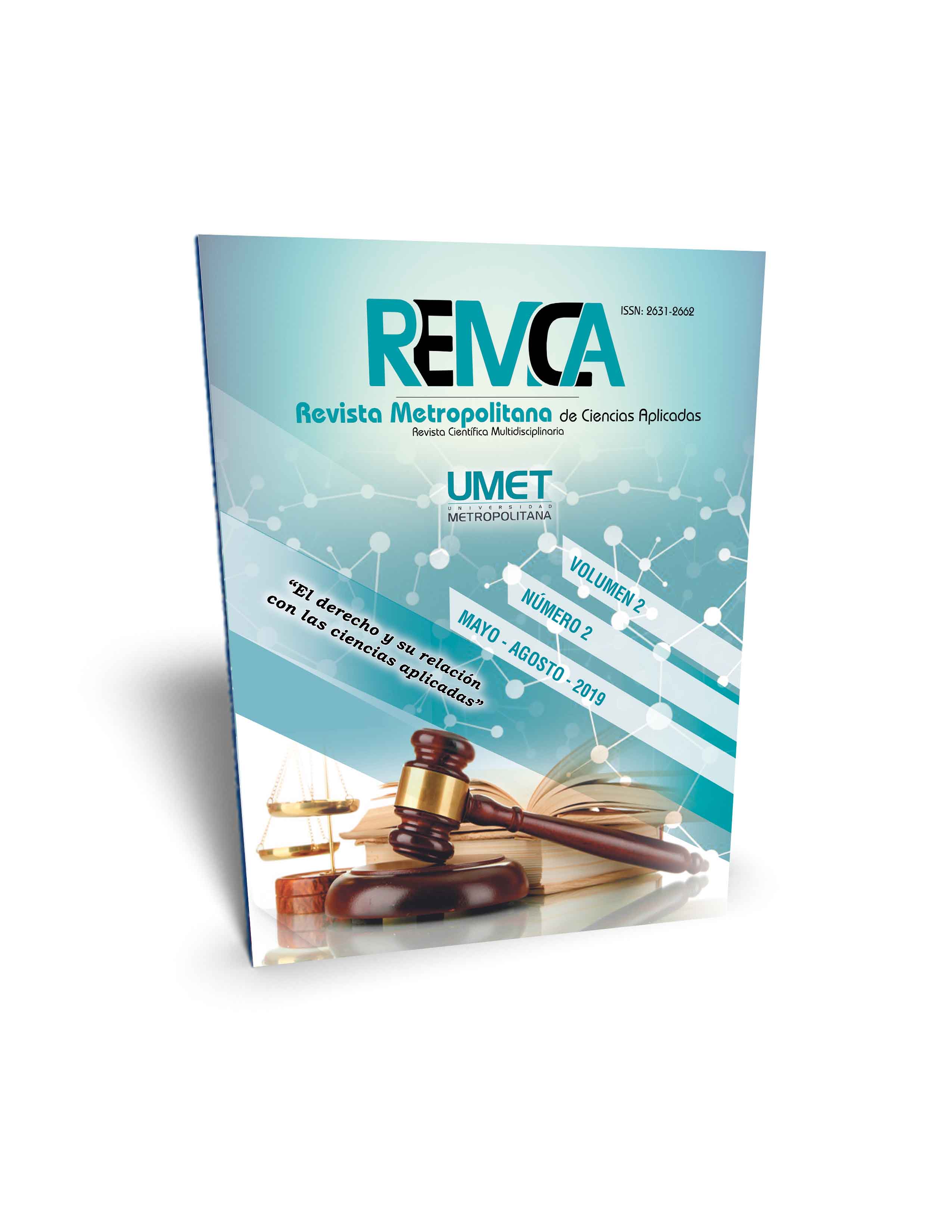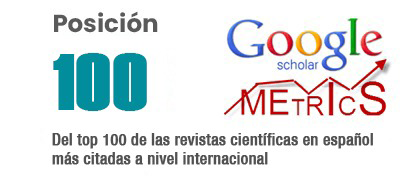System for the management and control of marks of the staff of the Metropolitan University of Ecuador
DOI:
https://doi.org/10.62452/bzvg4w41Keywords:
Biometrics, computer systems, control systems, free softwareAbstract
The main objective of the project is focused on the development and implementation of a system for the management and control of markings for the personnel of the Metropolitan University of Ecuador, which fundamentally seeks to reduce the evasion of attendance record markings of teaching, administrative and auxiliary, in front of the assistance control teams by sending early alerts remembering to record your entry or exit. Considering the data collected by biometric devices that are strategically located in dependencies of the institution. The project is carried out in a web environment supported by the free software approach and which is adjusted to the infrastructure that the institution has, and since this software can be implemented in a multiplatform environment, this system adapts to business software like the UMET counts. For the execution of this project, the RUP Unified Rational Process is used as a software methodology, because this methodology mitigates the risks in software implementation. Free programming languages such as PHP and SQL were used as a database language, using MariaDB as the manager of those databases.
Downloads
References
Barbazán Posse, C., & Casalderrey Carballal, A. (2018). Sistemas Adaptativos y Bioinspirados en Inteligencia Artificial. Recuperado de http://sabia.tic.udc.es/docencia/ssi/old/2008-2009/docs/trabajos/HuellaDigital.pdf
Camacho, I. E. (01 de 07 de 2014). Geneticprint vs Fingerprint. Recuperado de http://132.248.9.34/hevila/Archivosdecriminologiaseguridadprivadaycriminalistica/2015/vol4/6.pdf
Carr, D., & Gray, M. (2018). Beginning PHP. Birmingham: Packt Publishing Ltd.
Jara, E. A. (2012). Sistema de información y control de asistencia. (rabajo de Graduación previo la obtención del Título de Ingeniero Informático). Quito: Universidad Central del Ecuador.
Kung, S. Y. (2004). Biometric Authentication: A Machine Learning Approach. New Jersey: Pearson.
Tolosa Borja, C., & Álvaro, G. B. (2018). Departamento de Sistemas Informáticos (DSI). Universidad de Castilla-La Mancha.
Tsui, F., Kram, O., & Bernal, B. (2016). Essentials of Software Engineering. Massachusetts: Jones & Bartlett Learning.
Downloads
Published
Issue
Section
License
Copyright (c) 2019 Tonysé de La Rosa Martín, Gabriel Maximiliano García Rubio (Autor/a)

This work is licensed under a Creative Commons Attribution-NonCommercial-ShareAlike 4.0 International License.
Authors who publish in Revista Metropolitana de Ciencias Aplicadas (REMCA), agree to the following terms:
1. Copyright
Authors retain unrestricted copyright to their work. Authors grant the journal the right of first publication. To this end, they assign the journal non-exclusive exploitation rights (reproduction, distribution, public communication, and transformation). Authors may enter into additional agreements for the non-exclusive distribution of the version of the work published in the journal, provided that acknowledgment of its initial publication in this journal is given.
© The authors.
2. License
The articles are published in the journal under the Creative Commons Attribution-NonCommercial-ShareAlike 4.0 International License (CC BY-NC-SA 4.0). The terms can be found at: https://creativecommons.org/licenses/by-nc-sa/4.0/deed.en
This license allows:
- Sharing: Copying and redistributing the material in any medium or format.
- Adapting: Remixing, transforming, and building upon the material.
Under the following terms:
- Attribution: You must give appropriate credit, provide a link to the license, and indicate if any changes were made. You may do this in any reasonable manner, but not in any way that suggests the licensor endorses or sponsors your use.
- NonCommercial: You may not use the material for commercial purposes.
- ShareAlike: If you remix, transform, or build upon the material, you must distribute your creation under the same license as the original work.
There are no additional restrictions. You may not apply legal terms or technological measures that legally restrict others from doing anything the license permits.




